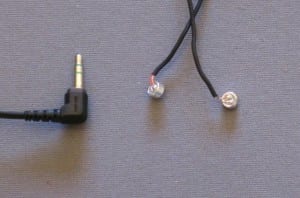As initial research for my horror story based in Lincoln, I searched the internet for the ghost stories and myths associated with the area around the cathedral/castle in lincoln. I ended up finding a blog made by some previous students of the university going through some of the major ghost stories based in lincoln and gathered information from each of their articles. *1
I got the basic information from around 8 different ghost stories, the majority of which are situated right between the castle and cathedral. I did this research mainly to get an idea of what sort of things I could put in the story that I am writing for this piece as well as what sounds I am going to have to recreate to accompany the piece, for example, there is a story about a horseman charging towards the castle, So it is likely I will need to recreate the sound of horse hooves in this piece. It is also likely that the sound of ghosts will be present in the piece fairly often, due to them coming up in every story and all around that area of Lincoln that I will be recording.
*1 https://hauntedhistoryoflincolnshire.blogs.lincoln.ac.uk/about/


